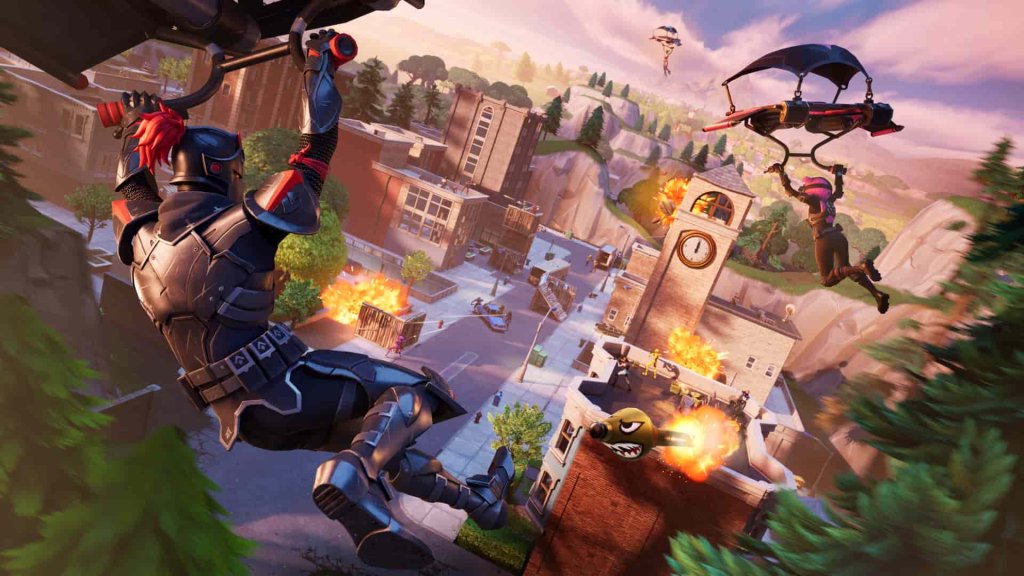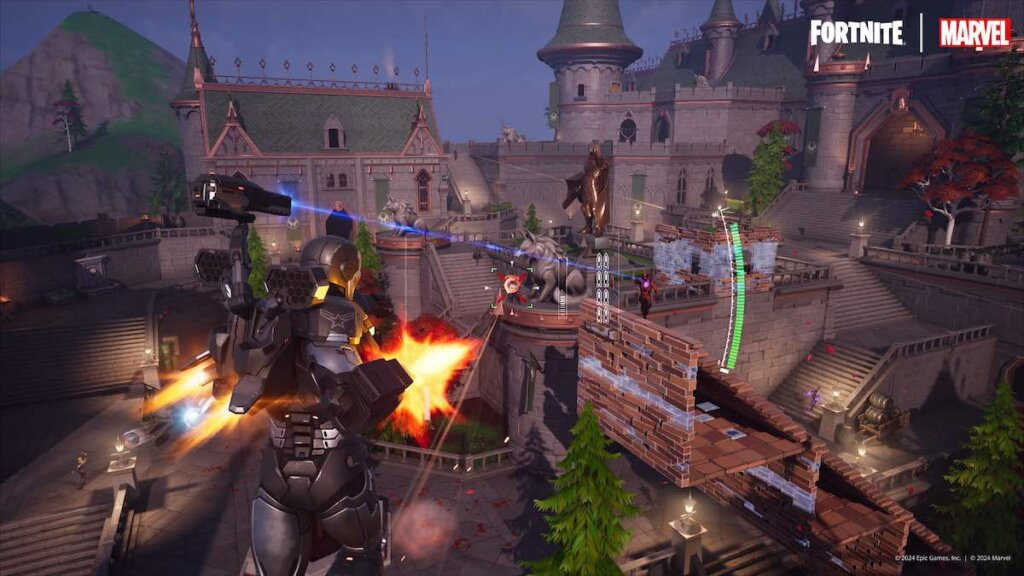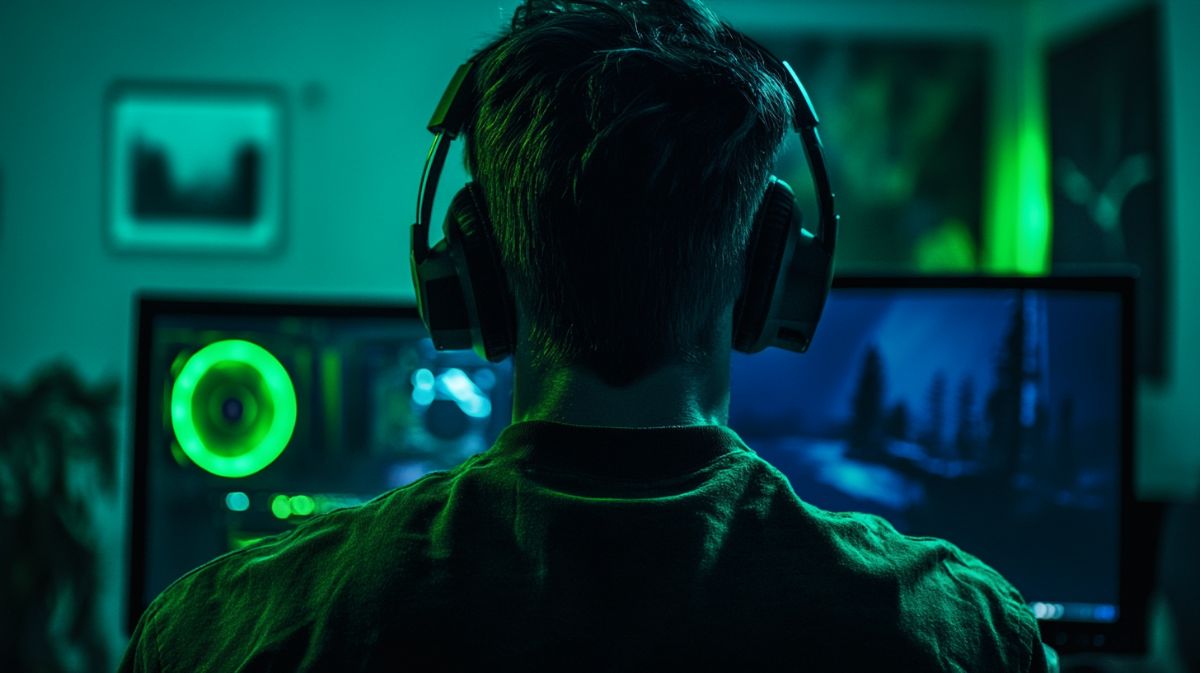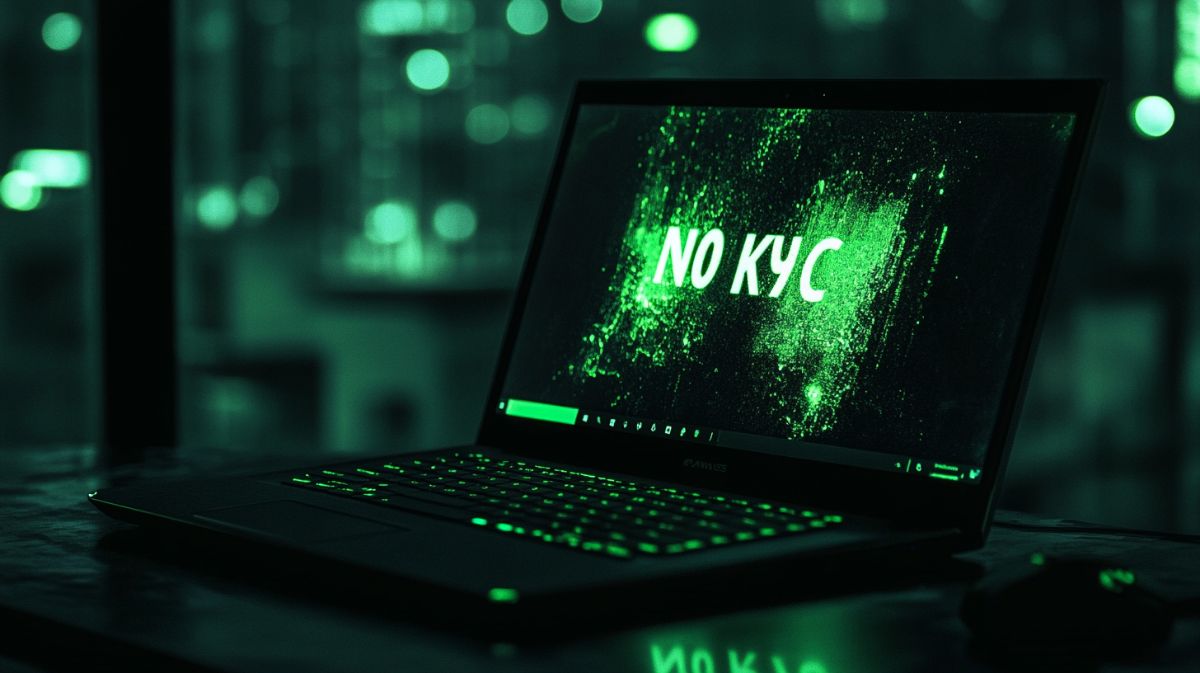Fortnite Eating Too Much RAM? Here’s The Fix
Eating too much RAM is not a new thing for Google Chrome, but these days, Fortnite players are also facing the same issue and flocking to the internet to find a potential fix. Not everyone can afford a high-end rig with 64GB of memory installed as the world still has a lot of budget gamers like me. For them, Fortnite eating too much RAM is a big issue, even bigger than Baymax’s skin. So, if you’re one of those unlucky users, your bad days are over as we’re about to walk you through some of the easiest fixes to get rid of this problem.
How To Fix Fortnite Using Too Much RAM
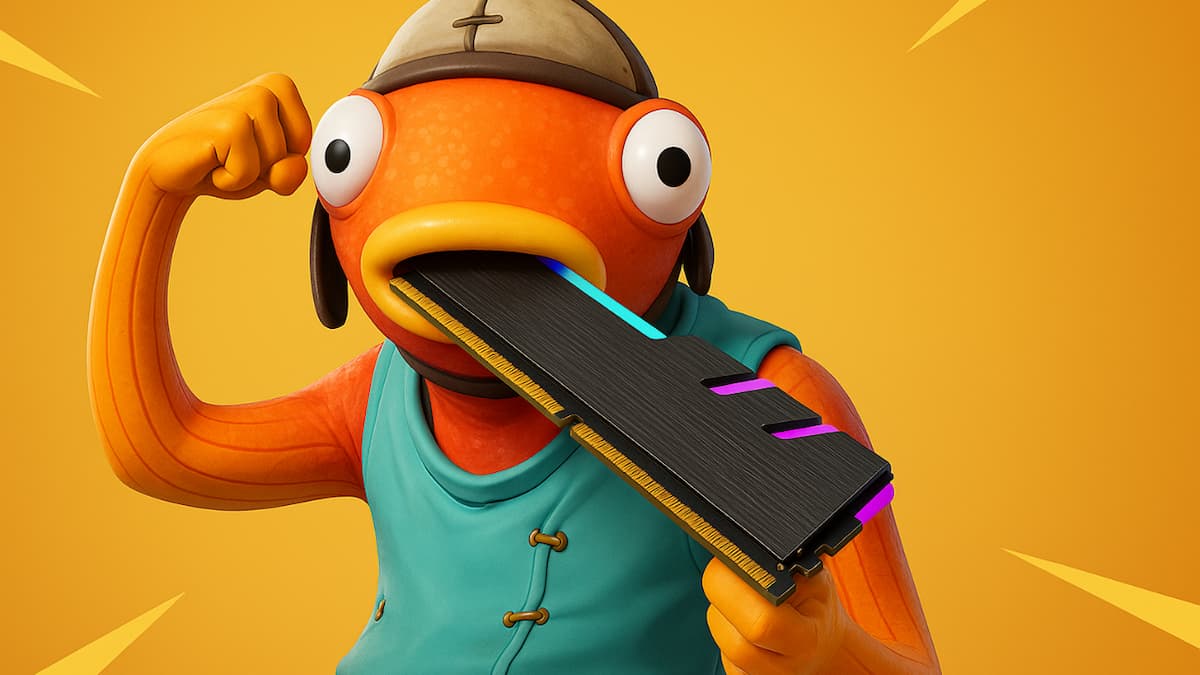
Image Credit: Esports.net
Lower your graphic settings
Let’s begin with the most common cause: your in-game settings. Fortnite can run on anything from a basic rig to a high-end one, but it doesn’t always use the best default settings for your hardware. If you have everything turned up to Epic, your system is going to be working like crazy. Higher settings have more textures, more lighting effects, and more background processing, all of which demand more memory.
Lowering your graphics settings a bit, from Epic to Medium for example, can cut down on RAM usage quite a bit without hurting the overall look of the game. Turning off things like high-resolution textures and ray tracing can also save a ton, even on a pretty beefy system. Sometimes, less is more, especially if your game performance is suffering.
Close background apps
Another big issue is what else your computer is doing while you play Fortnite. You might not realize but having a browser with 10 tabs open, running Discord in the background, music playing, and maybe even a screen recorder or streaming app running, it all adds up. These programs may not seem like a lot each one, but altogether they can easily consume a lot of your available RAM.
Before playing Fortnite, it is recommended to shut down anything you may not need. Even something as trivial as closing Chrome or turning off unneeded startup programs can release a lot of memory. Think of it as like cleaning your desk before a big project; your system is more efficient when it’s not being pulled in too many different directions.
Verify game files
Sometimes the issue isn’t what you are running; it is how Fortnite is running itself. There have been instances of the game getting memory leaks, or in other words, it will use more and more RAM overtime without releasing any. This might be caused by bugs or corrupted files, especially post update. If your game starts off okay but goes downhill as you play it longer, this could be the problem.
The easiest way to handle it is by checking the game files through the Epic Games Launcher. This will scan for any broken or missing files and fix them for you. It’s as easy as enabling 2FA but can be a lifesaver if something in the game’s code is faulty.
Update your GPU drivers
Another thing that can make a big difference is to keep your graphics drivers up to date. Old drivers can cause mess including high memory usage. If Fortnite is running a bit wonky, or maybe it’s acting up after a new season or patch, checking for the latest drivers from NVIDIA, AMD or Intel might just do the trick.
These companies frequently release updates to improve performance and solve bugs in popular games, so keeping up to date can also help Fortnite to run better and the best part is this method can also be used to fix error code 91.
Turn on performance mode
Fortnite also has a lesser-known feature that can be a real lifesaver for people playing on mid or lower end systems: Performance Mode. This setting optimizes for smoother game play instead of visuals and is great for releasing system resources. When you turn on Performance Mode, the game swaps out to a lighter version of the rendering engine.
That means less visual effects, less complex lighting, and lower quality assets, but far better performance and less RAM usage. Some of the high-end players prefer it because of the high frame rate and responsiveness. It may not be the most beautiful version of the game but if you are fed up of lag and slowdowns, then it is worth a shot.
At the end of the day, though, if you’ve tried all of these fixes and Fortnite is still gorging on your RAM, it might be time to check out your hardware.
Fortnite isn’t exactly a particularly demanding game by today’s standards, but the fact of the matter is, modern games and Windows itself are getting more and more memory-intensive by the day. If you’re still rocking 8GB of RAM, that’s starting to be the bare minimum.
Going to 16GB can make a big difference for Fortnite and pretty much for overall system stability if you multitask a lot or have a lot of apps open at once.




